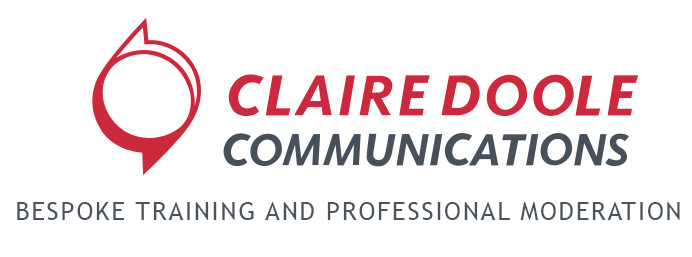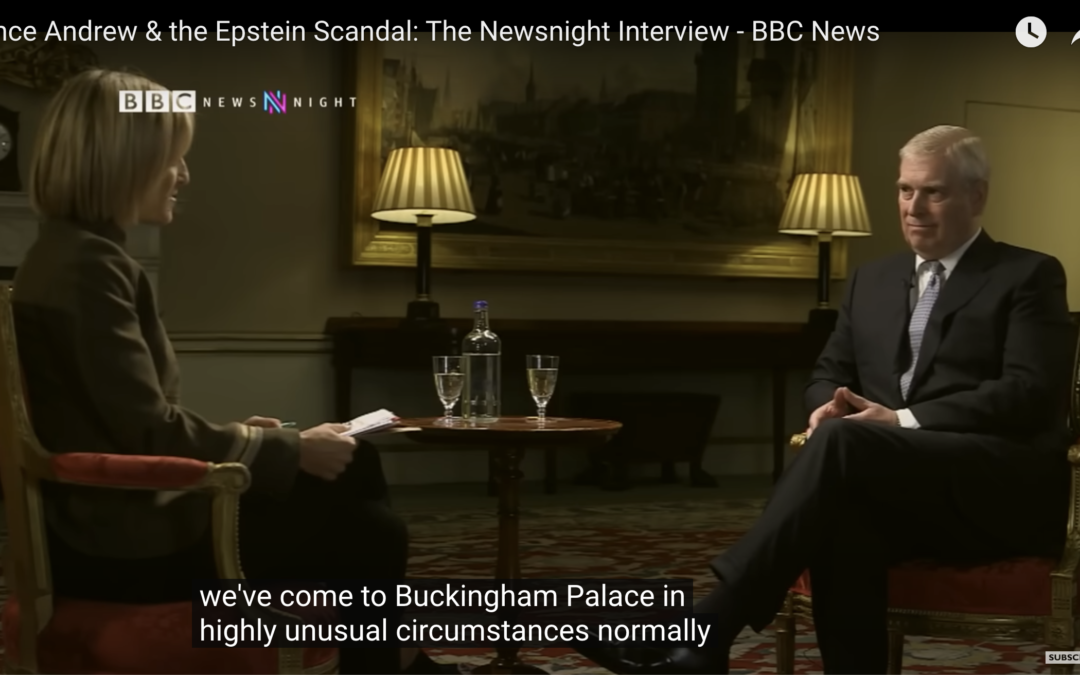
by Claire Doole | Jul 7, 2024 | Blog, Media training
Did you watch Emily Maitlis’s interview with Prince Andrew about his relationship with the convicted pedophile Jeffrey Epstein? If not, did you see the wonderful film that has just come out – Scoop – about that interview?
Emily excels as an interviewer. She enters each conversation well prepared, focused and with a clear idea of how she wants to steer the conversation. Her strength also lies in her ability to listen to deepen her understanding and ask probing follow-up questions. This blend of preparation and flexibility is one of the reasons her interviews are so compelling.
You may not get to interview a member of the British royal family – few get that opportunity. However, her approach and techniques are worth observing, if you are asked to conduct an on-camera interview for your organization or company.
Over the past few months, I have trained a number of people on how to interview their CEOs, members of senior management teams or technical experts for videos to be posted on the company intranet, website or social media platforms.
My top five tips are:
• Know your purpose. What do you want to hear from your
interviewee that is of interest to your audience?
• Have a clear flow in mind. You need to have a logical
structure so it is easier for the audience to follow.
• Be curious. You know where you want to go, but you have to
listen actively so that you can clarify if something is unclear or
unexpected or probe with a follow-up question.
• Practice reverse engineering. You may have submitted your
questions to the interviewee ahead of time, but you need to sound
and appear to the audience as if this is the first time you have asked the
question. Audiences check out when they feel an interview is scripted.
• Ask questions that elicit an emotional response. You will
find that questions that ask how the interviewee feels about something or
about what he/she has seen are the ones that are usually the most memorable.
These are often best asked spontaneously so that the response is natural and
heartfelt. You can always decide later whether to use them in the final edit.
Question techniques
Broadcast journalists are great interviewers as they interview day in and day out either for soundbites for a report they are doing or live on-air. Live interviews are the most challenging as you have no opportunity to retake the question and have to quickly link between the answer you receive and your next question to ensure a seamless conversation.
Here are some examples of what to do or not do from two broadcast journalists, who were interviewing Philippe Lazarini, the Commissioner General of UNRWA.
1. Don’t ask long open questions or multiple questions as the answer will be very long.
https://vimeo.com/manage/videos/975311481/privacy
You can see that the question was almost one minute and elicited a two-minute 30 answer!
2. Do intervene for clarification, for example, if the interviewee uses an acronym, jargon, or assumes too much knowledge.
https://vimeo.com/manage/videos/975322903/privacy
You are asking the questions your audience wants asked so put yourself in their shoes.
3. Do ask a question that is personal and emotional, such as this one about whether it is hard to separate your feelings from your job.
https://vimeo.com/manage/videos/975320466/privacy
This answer is often the one that is most memorable/quotable.
4. Do have a strong final question, as you want to leave the audience with something memorable. If you flag up this as the final question, you help the interviewee focus on giving a great response, as Philippe Lazzarini does here.
https://vimeo.com/manage/videos/975326437/privacy
Journalists are looking for strong newsworthy answers, although sometimes it can be more important to ask a key question the public wants answered even if it doesn’t elicit a great answer. However, when you are interviewing for PR purposes, your job is to get the best possible answer from the interviewee so they come across as credible, knowledgeable and empathetic.
A former BBC journalist in London, Brussels, Berlin and Geneva, Claire can help you become a great interviewer if asked to conduct an on-camera interview or to ask questions off camera for your corporate video. Contact her at claire@doolecommunications.com

by Claire Doole | May 26, 2024 | Blog, Media training
People often ask me who excels at talking to the media. My answer is Philippe Lazzarini, Commissioner General of UNRWA – the UN Palestinian Relief Agency that employs 13,000 people in the Gaza Strip, and runs schools and social services.
Lazzarini has one of the most challenging jobs in the world, made even more difficult since the tragic events of October 7th. Currently, he is banned by Israel from visiting Gaza, and his agency is not allowed to deliver much-needed food to the North of the strip where famine looms. Israel has also accused a dozen UNRWA staff of involvement in the Hamas attacks on Israel – allegations that remain unsubstantiated. 189 of his staff have so far lost their lives in the conflict.
Yet he remains cool, calm and collected when questioned by the media about those allegations, the effectiveness of the relief operations or the plight of the Palestinians.
I have analyzed some of the interviews he has done with major international broadcasters, Al Jazeera, Sky News and BBC, over the past six months, with a view to illustrating some of the techniques he uses that make him such an excellent interviewee.
1. Rebuts unfounded premises/charges – In this Hard Talk interview on the BBC in November last year, he held firm against Stephen Sackur’s renowned inquisitorial questioning. ‘
2. Avoids words that are loaded for you – In this interview with James Bayes from Al Jazeera in December, he avoids the trap of blaming the Israeli army for war crimes but reframes the question and makes the point about the need to respect international humanitarian law.
3. Keeps to his area of expertise
In this interview with Yalda Hakim of Sky News in March, he is asked why there is no political will for a ceasefire. He does not get dragged into answering on behalf of Israel or Hamas but voices his concern about food being used as a weapon of war.
4. Redirects questions to where he wants to go
James Bayes asks him if he is angry about the plight of the Palestinians, to which he replies that he is angry about the indifference of the international community and makes the broader point about a loss of humanity.
5. Talks about the impact on people
In this interview with Al Jazeera, he focuses not on UNRWA but on the people of Gaza, relating stories of their plight and what they told him when he was able to visit them.
6. Keeps on message throughout
Throughout all these interviews with BBC, Sky News and Al Jazeera, he takes control by staying on message and delivering it clearly and compellingly.
At the end of his interview on Hard Talk, he is asked whether the Israeli offensive could lead to the mass displacement of Palestinians from their homes – similar to the Nakba of 1948. Have a listen to his answer.
Unfortunately, his fears in that interview appear to be proving correct, with more than 1.9 million Gazans currently displaced, and the offensive on the city of Rafah underway.
In this type of sit-down interview done by star presenters, you have longer to get your message across than in a short news interview. However, all of the techniques mentioned above as well as the many more I share in my coaching and media training workshops are effective and can help you become a great media communicator – just like the head of UNRWA Philippe Lazzarini
In May last year I trained the UNRWA senior management team in how to effectively talk to the media.
If you would like to be coached or attend a media workshop online or in-person, contact me for a discovery call. As a former UN, IFRC and WWF International spokeswoman and BBC correspondent, I not only give you the authentic interview experience but also advise on how to get your message across.
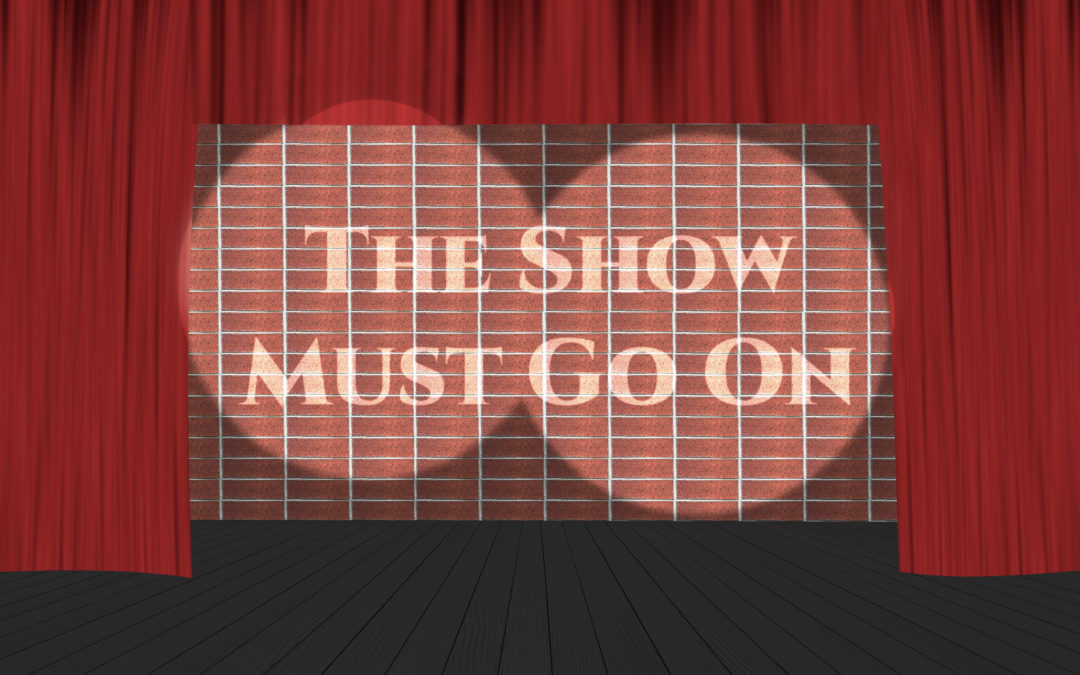
by Claire Doole | Apr 1, 2024 | Blog, Moderating
One of the key roles of a conference moderator is making sure that everything goes smoothly. Whatever happens, the show must go on, and the only person who can ensure this is the moderator who has the microphone.
Nothing as dramatic has happened to me as the famous incident back in the 1980’s when BBC newsreader Sue Lawley carried on reading the news when activists stormed the studio – one handcuffing herself to a camera and the other crouching below the newsreader’s desk!
However, here are a few conference shockers that I had to deal with and ensure the show went on…
The rollercoaster of technical chaos: At one event, we were eagerly awaiting the keynote speaker’s wisdom, only to be met with the dreaded “failed to connect” message not once, not twice, but three times on day one. The organisers refused to ask her to pre-record her remarks for day two and, predictably, day two didn’t fare any better! Again, we twice tried to connect, but our speaker remained elusive, leaving us hanging without a single word of her anticipated keynote.
But wait, there’s more! As we attempted to patch in speakers from every corner of the globe, it seemed like the universe conspired against us. Five consecutive no-shows! It was like a virtual game of hide-and-seek, and we were losing spectacularly.
Thankfully, amidst the chaos, the Secretary-General saved the day in the studio. With the lines in limbo, I seized the opportunity to pepper him with questions, keeping the show afloat amidst the technical tempest. Lesson learned: Always have a trusty sidekick in the studio, or risk being left high and dry, counting down the minutes— a lifeline we gratefully clung to later that day.
Although not before a high-level speaker who was moderating a panel failed to get her microphone working and with a few minutes notice, I had to moderate a discussion I knew little about while she apparently looked on highly frustrated.
Comedy of errors: A client decided to skimp on tech support, only allocating a measly half-hour for a two-day extravaganza. Cue chaos. As fate would have it, I found myself in a heated exchange with an online speaker who seemed convinced I was playing a game of mute-and-seek. “Unmute yourself!” she demanded, blissfully unaware that I was at the mercy of Zoom’s audio settings. The back-and-forth, or should I say, the dialogue of the deaf, dragged on endlessly, with no technician in sight to untangle the mess.
Lesson learned: When it comes to technical support, you can’t afford to skimp. Ideally, the moderator should be equipped with an earpiece, ready to receive guidance from the producer or director lurking behind the scenes. But when that fails, it’s time to whip out plan B: enter the WhatsApp group, a lifeline of communication when all else goes haywire.
Shocking panelists
Professional moderators know how to keep calm and carry on during the event. Unfortunately, though we have little influence over who is on stage with us.
Here are my top three shockers:
1) 10 people on a panel about putting beneficiaries at the heart of humanitarian response with only one beneficiary on the panel.
2) 8 male ambassadors – a manel – in which the organisers insisted I scripted the questions. Not one I have on my showreel.
3) 3 heads of international organisations talking about high-level humanitarian policy with 1 woman from a small local foundation, who had nothing to contribute apart from saying that she was listening and learning. She had been invited by the organisers who wanted to have a partnership with her foundation.
You will notice I published this blog on the 1 April – so how many of these do you think were April Fools?!
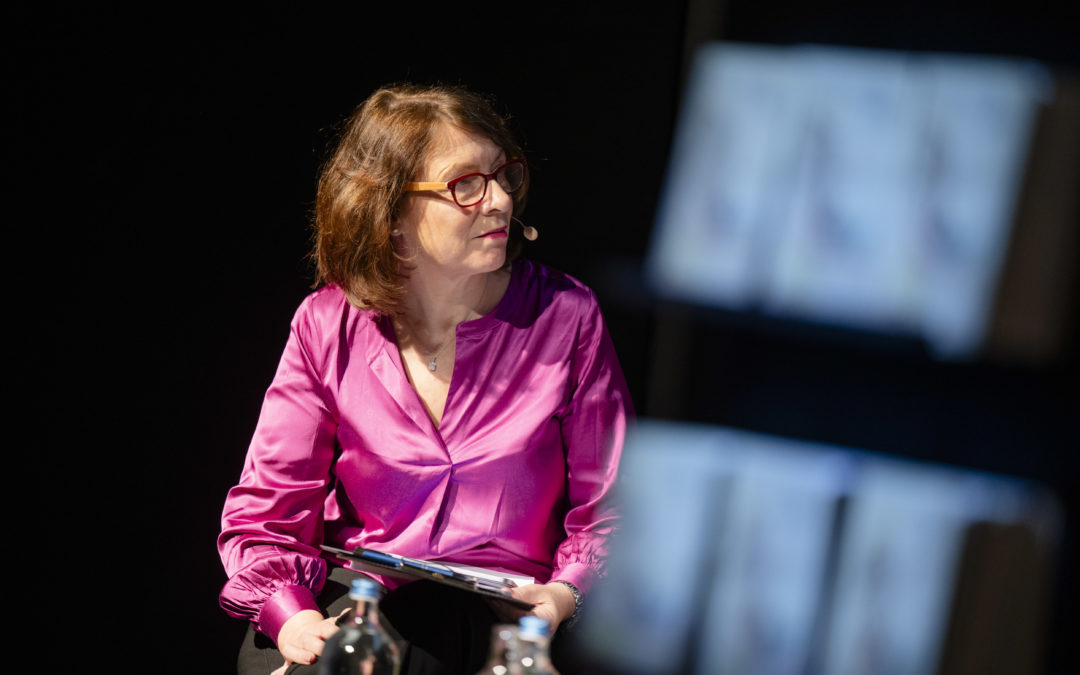
by Claire Doole | Mar 10, 2024 | Blog
Someone asked me this week to explain the role of a panel moderator.
I replied that it was to facilitate an insightful discussion for the audience. Remember them? The most neglected part of an event except when organisers panic the room might not be full.
Unfortunately, engaging debates are sometimes very difficult to achieve when you are brought in at the last moment and the panelists have already been selected by the organisers for political or PR reasons. It is like trying to bake a great cake with the wrong ingredients.
Drawing on decades of experience and a lot of patience, I usually manage after speaking individually to each panelist to construct a flow and exchange between the panelists, that is engaging and insightful. Of course, the discussion is compromised in terms of depth as I have to loop in people who either don’t want to address the theme of the panel or don’t have the knowledge to do so.
There seems to be a view by some organisations – the more panelists the merrier, as this shows how well-connected and influential, they are. However, this leads to frustration all around – from the panelists themselves, who have less time to get their points across, from the moderator who has to keep the discussion at a relatively high level and the audience, who most probably have learned nothing they don’t already know.
Of course, some audiences also just want to say they have attended a conference and don’t care what was said. But many I speak to say they don’t like self- promotional panels where the speakers only talk about their organization and don’t engage with the theme of the panel. This may be the reason why organisers tell me audience numbers are down for both in-person and online events.
In my view less is more. Conference organisers should spend their time organising insightful audience-centric events where they involve the panel moderator from the start of the process.
Most professional moderators, like myself, have a broadcasting background. For many years I produced, presented, and edited programmes on BBC radio and TV. We can help you find the focus for your event, develop pertinent angles, and provide ideas for creative innovative, and interactive formats that will engage the audience, give them great new insights, and enhance your reputation and visibility.
Claire Doole moderates events and trains people in how to moderate and design engaging audience centric and insightful events and panel discussions.
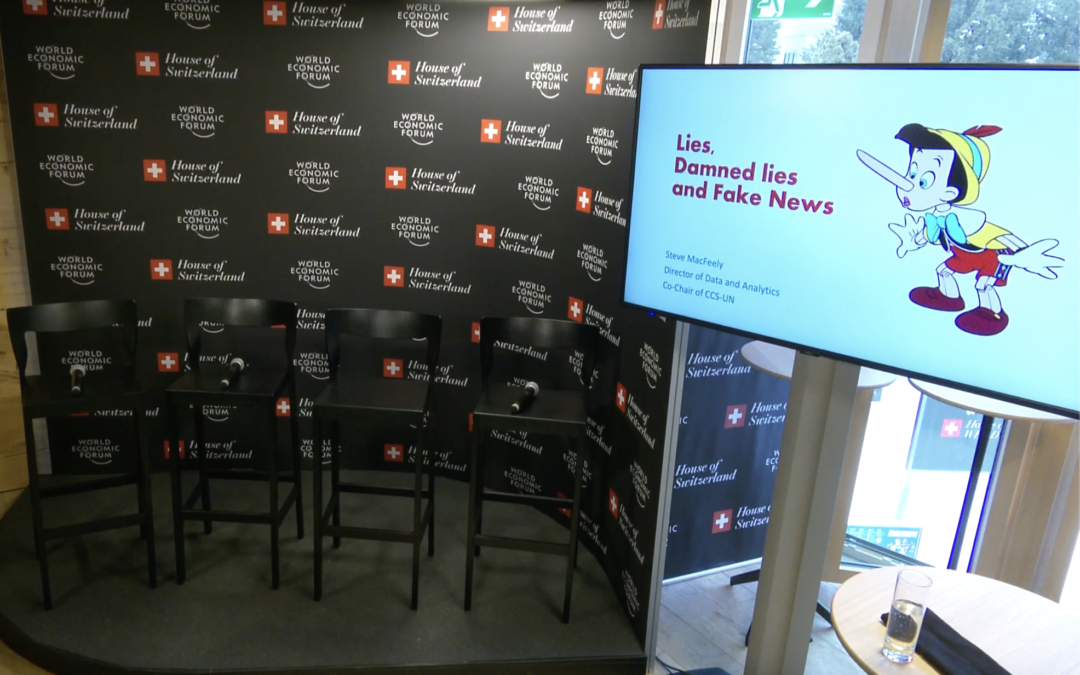
by Claire Doole | Feb 25, 2024 | Blog
When was the last time you heard a great keynote speech?
Many speakers use them to sell themselves or their organisation, neglecting to engage with the theme of the event.
Not so Dr Steve MacFeely, Chief Statistician at the WHO, tasked with giving the keynote before a panel discussion I moderated on data governance and fake news at Davos last month for the Swiss Statistical Office.
A double-headed title for a panel discussion is always challenging as it can belie a lack of focus.
Dr MacFeely took up the challenge and delivered a keynote that set up the panel discussion that was thought-provoking, entertaining and memorable.
So, what did he do?
• He had a clear objective – to inspire the audience around a common purpose.
• He had a clear central argument – making the case for a global data
governance framework.
• He understood the audience – pitching the level correctly so they were not
bored nor confused but engaged in his thinking.
• He simplified the key message into a call to action so that the audience knew
what was expected of them.
• He structured the speech by first talking about the problem before going to
the solution.
• He hooked the audience by starting with fake news – an issue that everyone
has an opinion about before moving to the more complex subject of data
governance.
Engaging hearts and minds
He knew what he wanted to say and presented it clearly and logically. But as the Greek philosopher Aristotle said if you want to persuade an audience you have to not only appeal to the logos, but also ethos (credibility) and pathos (stirring an emotion).
He established his credibility by explaining how WHO responded to fake news – misinformation and disinformation – during COVID.
He spoke from the heart telling us the world of fake news and alternative facts was undermining trust in science, and by extension in statistics, his area of expertise. This rejection of science he said could have serious implications for progress in tackling many of the challenges the world faces such as climate change.
He brought the subject alive through the use of stories, quotes and visually appealing slides.
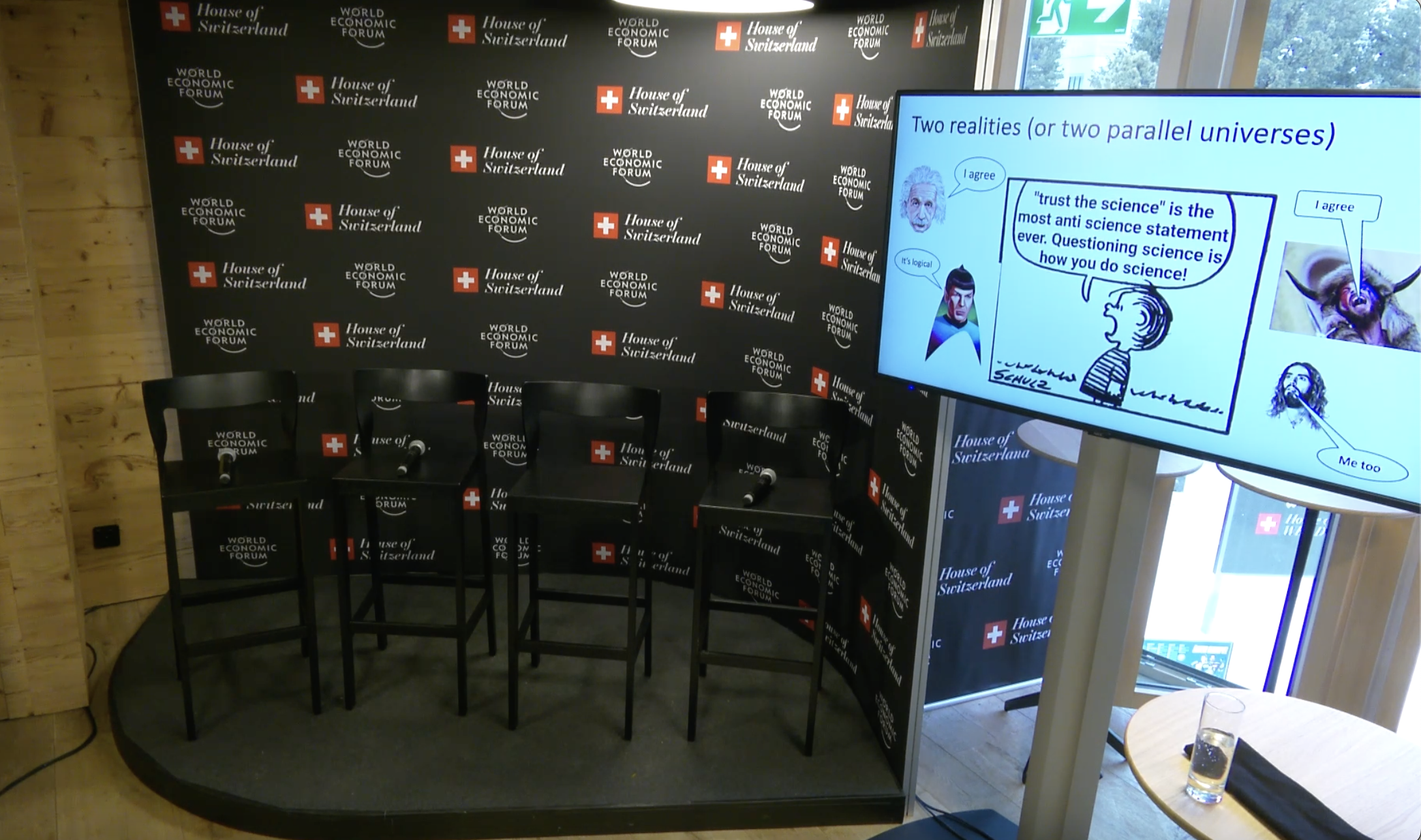
Keynote speakers often forget the value of entertainment, but an audience needs to be entertained if you are to hold their attention for 15 minutes – just think of the typical TED talk.
And he had a great title – the key to getting the audience’s interest in the first place – lies, damned lies and fake news – is a riff on Mark Twain’s famous quote – lies, damned lies and statistics.
Often keynote speeches seem to be prepared in isolation and have little in common with the main theme of the event. But in this case, by working closely with the organisers and moderator, Dr Feeley’s speech set up the panel discussion brilliantly.
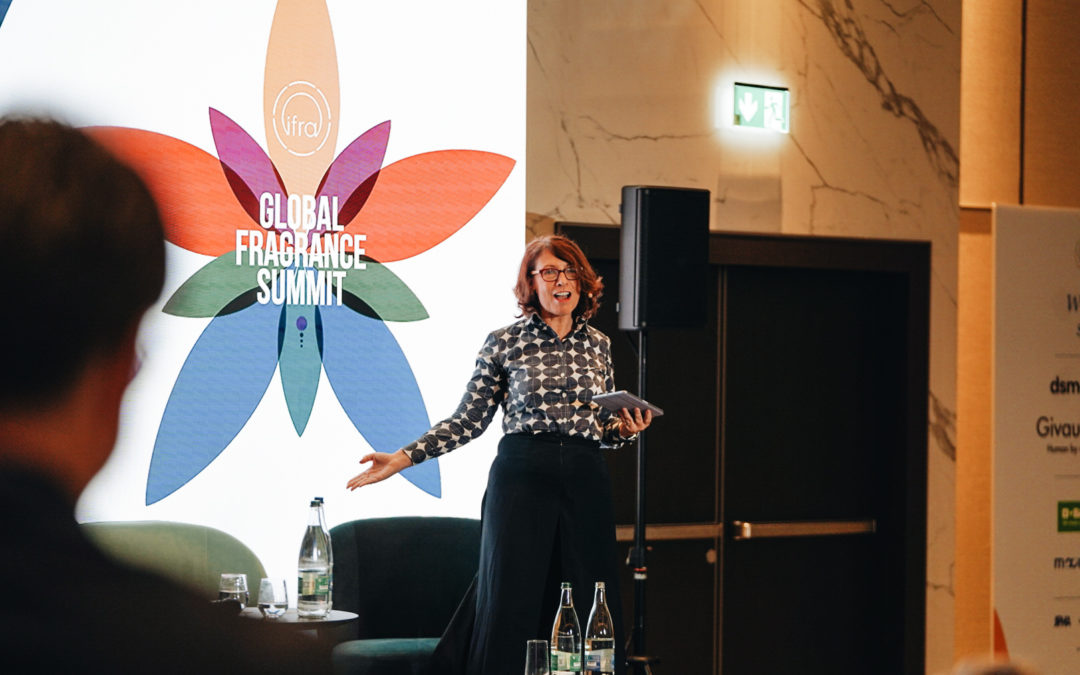
by Claire Doole | Jan 21, 2024 | Blog, Moderating
The sense of smell, as I realised while preparing to moderate the Global Fragrance Summit last month, is one of the most powerful of the senses. It not only evokes memories and shapes emotion but also lowers stress. However, it is also one of the most under-appreciated.
Preparing to moderate this event, as well as many recent engagements made me reflect that there is another sense that is also powerful but underused – the editorial sense.
It is a sense that is particularly useful when designing an event and vital when briefing a professional moderator. A professional moderator brings many skills to the table from stage/screen presence to an ability to engage with the audience and keep an event to time.
But if you want a professional panel moderator to steer the discussion, bring out insights from the speakers and to ensure the success of your event, you need to give them an in-depth editorial briefing as they are not subject experts.
Briefing a professional panel moderator
Before you have a briefing call with the panel moderator, send them a briefing document to read beforehand so they can ask informed questions. Often, all I am given is the draft agenda which has the title of the panel and sometimes if online a couple of explanatory lines.
Furthermore, the title is often too broad and lacks focus, such as the triple planetary crisis or the just energy transition. It should ideally include a question such as how do we ensure that the energy transition is fair and equitable for the rural poor?
A well-structured briefing document should include:
• Event purpose: Why are we holding this event? What do we want to achieve?
• Panel discussion objective: Define the objective of the panel discussion. Is it to share best practices, introduce new tools and techniques, find solutions to a pressing problem, build relationships, or hear different perspectives on a common challenge.
• Topic, premise and title: Identify a topic that is top of mind for the audience, for example Artificial intelligence and a premise – a proposition or assertion such as AI the unintended consequences. Then you have to find an intriguing title – AI – the case for a global system of governance or who should regulate AI?
• Key discussion questions: Clearly outline the key questions the panel will address.
• Speaker overview: Identify speakers, explain why they were selected and outline their views on the theme.
• Narrative structure: Define the planned and organised flow of the conversation that the panelists will have during the event. As detailed in a previous blog, the narrative structure involves creating a coherent and engaging flow of topics that guides the discussion from the beginning to the end. This structure is designed to ensure that the panel covers key points, addresses the main objectives of the discussion, and maintains the interest of the audience.
• Content of keynote speeches: Clarify what keynote speakers or presenters will cover before the panel discussion. This is important so that the panel doesn’t repeat what has already been said but builds on it.
Role of guiding questions
Guiding questions for each speaker are always useful. However, these should not be written, as is often the case, in policy or corporate speak, as the moderator has to make them their own. Keep in mind that the panel is a conversation, not a lecture.
Similarly, these questions are often written as If the moderator will ask a series of questions to one speaker before moving on to the next speaker. This is not a panel discussion but an interview. The moderator’s responsibility is to structure the discussion so it has editorial coherence bringing in the right speaker at the right time.
And keep in mind that once you have drafted the briefing document and shared with the moderator, the next step is to facilitate communication between the professional moderator and speakers. Their editorial sense will come into play, constructing a dynamic panel discussion that aligns with objectives and captivates the audience with both insight and entertainment.
If you would like to book Claire to moderate at your event, learn how to moderate yourself, or hone your public speaking, speechwriting, storytelling or media interview skills, contact me here or link in with me!

